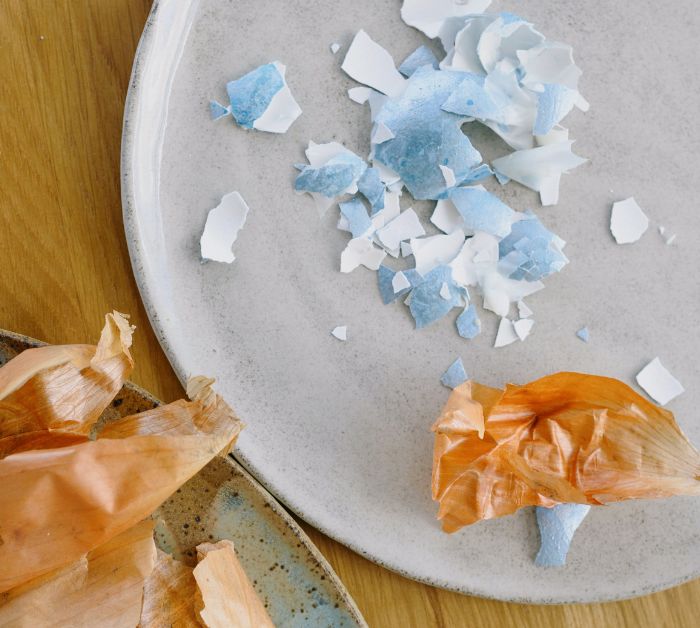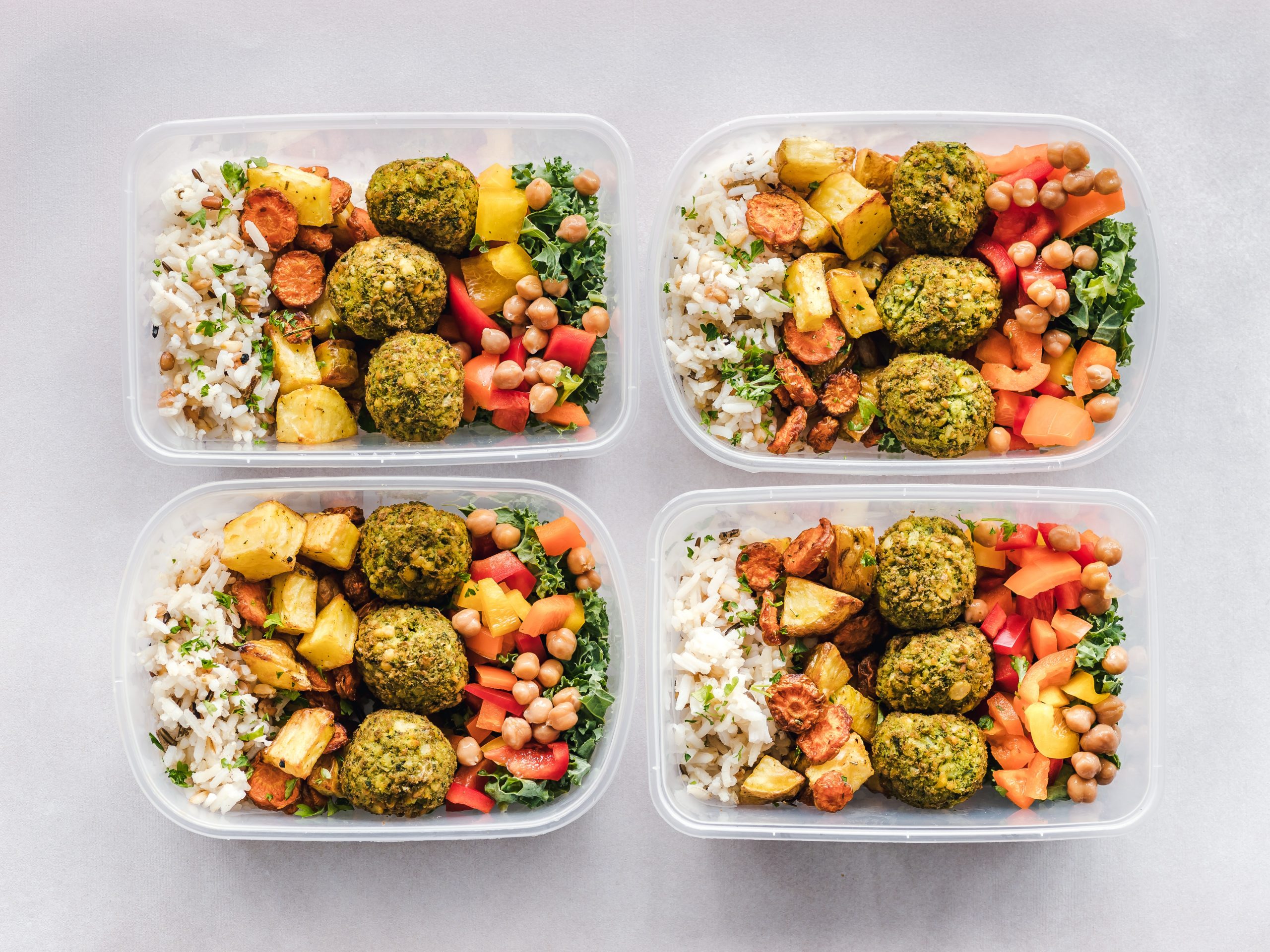Ever wondered if there are criteria for sustainable tea? What does drinking tea sustainably even look like? Or should I say, Sustainabili-TEA?
I’m sorry, I had to.
When thinking about the sustainability of our food and drinks, what does your mind jump to? I notice a lot of attention on the sustainability of coffee harvesting practices. This is great and very important, but what about the world’s favourite drink: tea? If you’re like me, I drink tea every day, multiple times a day. It’s my favourite drink, and there are so many unique variations. With that in mind, not all tea is created equal. It is therefore just as important to think about the sustainability of your tea, especially when we drink so much of it!

As a consumer, we cannot directly change the practices that go on during tea harvesting, production and distribution. However, we can indirectly control it by deciding where to put our dollar. Choosing to support brands that value sustainability is easy, you just need to look for 3 criteria. Keep reading to learn my 3 criteria for sustainable tea, so you can become an informed consumer!

1. Packaging
Are you drinking loose-leaf tea or individually wrapped tea bags? Are the tea bags compostable or plastic? Do they have tags wrapped in waxy coating, meaning you have to remove them before disposal? Is the tea’s packaging reusable, recyclable, or garbage? There are lots of questions to consider here!
If your priority is to reduce waste, loose-leaf tea may be the right choice for you. However, to remain waste-free you will need a reusable tea ball to filter the tea, or a special teapot that holds the tea in a strainer. Metal tea balls are inexpensive and easy to find; check your local grocery stores, tea shops or superstores. Alternatively, you can buy compostable tea bags, but make sure they don’t have a tag. Most of these are coated in wax or plastic to prevent water from ruining them, but that means those parts can’t be composted! So cut them off before disposal.
If you find a loose-leaf tea you love, see if you can take part in a container program so you can restock on your tea essentials without worry about packaging waste. Most speciality tea shops are happy to do this, and will offer you a discount for doing so. Win-win.
2. Source
Do you know what ingredients are in your tea, or where they come from? Teas can be simple, with one or two ingredients, or complex, with many to give them complex flavour profiles. Ingredients can range from traditional herbs and spices, to dried flowers or sprinkles (personally not a fan of the latter in my tea). Even in small amounts, those ingredients have an ecological footprint. Water, land and nutrients are needed to grow herbs, spices and flowers. Energy in the form of fuel is needed to grow and transport those ingredients, producing emissions. If they are packaged, you also have to factor in the resources, time and energy that went into making that packaging, along with the tea manufacturing process. In other words, a lot goes into making a single tea bag!
Some brands are very transparent with their ingredients and where they come from. Others just list their ingredients as “green tea” or “basil,” making it difficult to trace their roots. If you care about the ecological footprint of your tea, you could reach out to the company and inquire about their practices, if the information is not already available online.
If you have a creative side, you could make your own tea blends. Bulk stores sell herbs, spices and other ingredients for tea, like chamomile and rose flowers. These ingredients are easier to trace, and you can customize your tea to your liking! There are plenty of recipes online to get you started – I suggest exploring Pinterest. If you want to take it a step further, you can provide your own ingredients by growing a herb garden, your own flowers, and using produce like lemon or ginger. It’s definitely something I want to try out.

3. Certifications
Certifications are earned by companies with proven sustainable production methods. These certifications can include Fair Trade, Organic, Rainforest Alliance Certified and more. Fair Trade is a big one in the tea, coffee and chocolate industries, as it ensures all employees along the supply chain are benefited equally, from farmers to sellers. Certified Organic means the crops used in the tea are not sprayed with pesticides, nor are they genetically modified. The Rainforest Alliance Certification is distributed by the Sustainable Agriculture Network (SAN), ensuring that member farms comply with ten principles of sustainable production, such as ecosystem conservation, wildlife protection and more.
Opting for teas with these certifications ensures you are supporting environmentally and socially sustainable businesses. You have to be careful with certifications, though: companies can greenwash, stating they are “organic” without actually having the certifications. Make sure they have the official logos (it’s illegal if they are using them without being registered by the administering organization) and check the certifier’s webpages for lists of certified companies. Certifications can also vary by country, province/state, so make sure you know the difference! USDA Organic does not translate to Canada Organic, unfortunately; these are separate application processes, with different standards.
Final thoughts
To summarize, when thinking about the sustainability of your tea, you can ask yourself 3 questions:
- What is this tea made of (packaging and ingredients)?
- Where was it made?
- How was it made?
Ask yourself these quick questions while at the store, at home as you make your grocery list, or when you’re ordering out at a restaurant. These 3 criteria for sustainable tea can technically be applied when shopping for pretty much anything. Once you get used to asking them, you’ll be a sustainability pro in no time!
Have you thought about these 3 criteria for sustainable tea before? What are your favourite sustainable tea brands? How do you shop sustainably for your tea, coffee and other products? Let me know in the comments!
For more tips on incorporating sustainability into your daily life, check out these posts:
- 5 ways to live sustainably during COVID-19
- 10 zero-waste swaps for everyday life
- Top 3 all-natural, single-ingredient skin care products
- Tips for travelling sustainably
- How to eat sustainably in the winter
- How to eat sustainably on a student budget
- 3 eco-friendly, cheap and easy cleaning products
Until next time!







